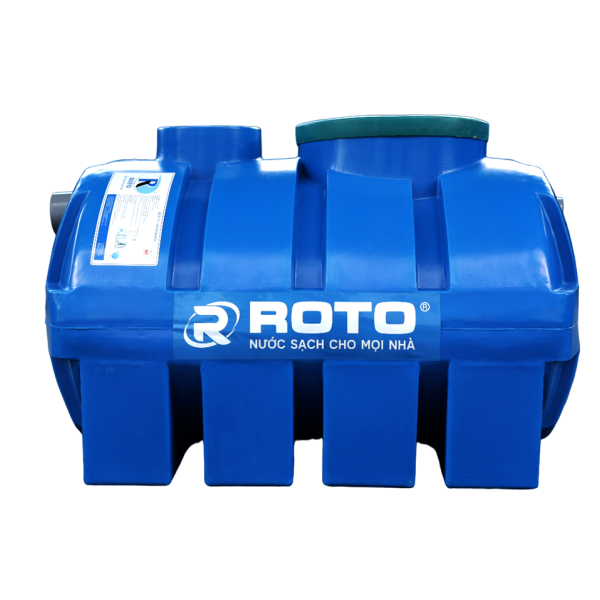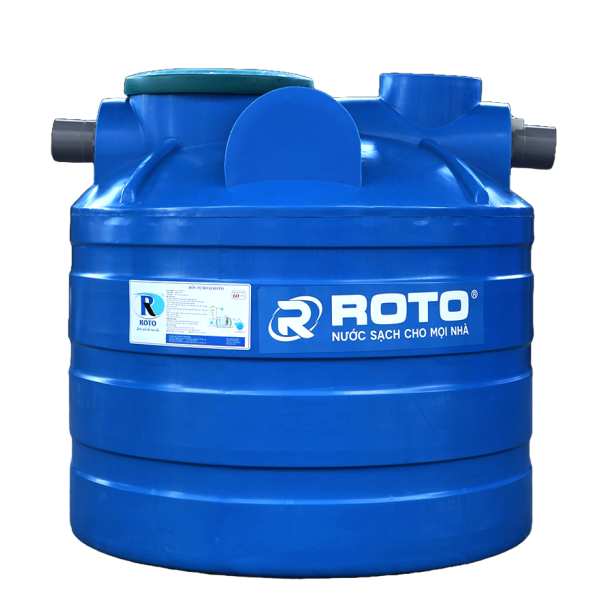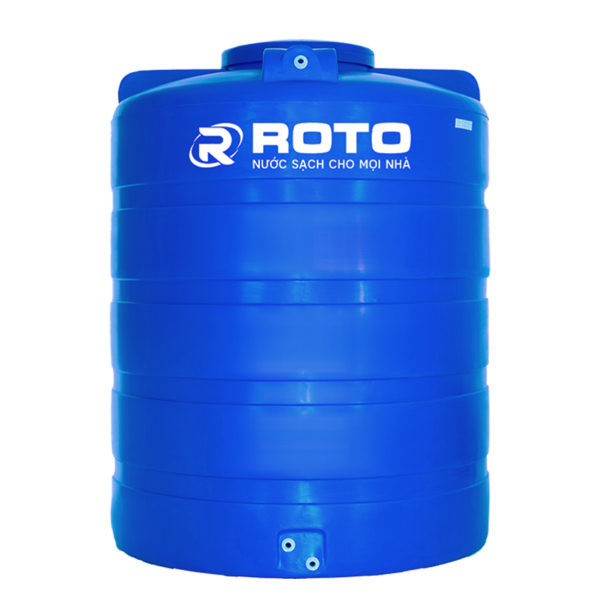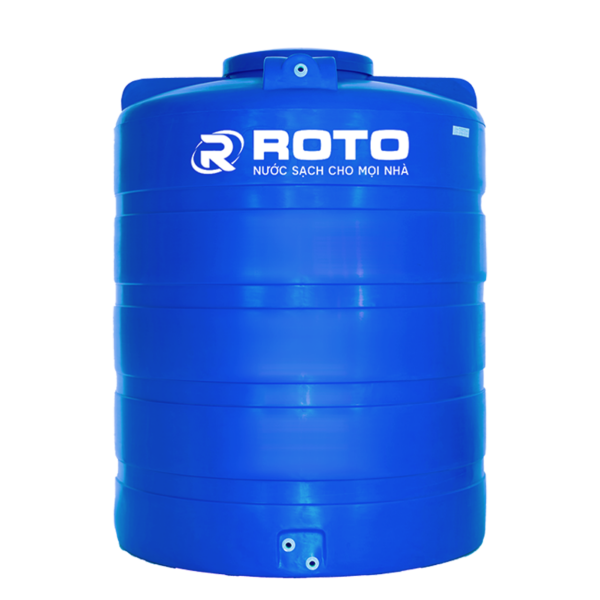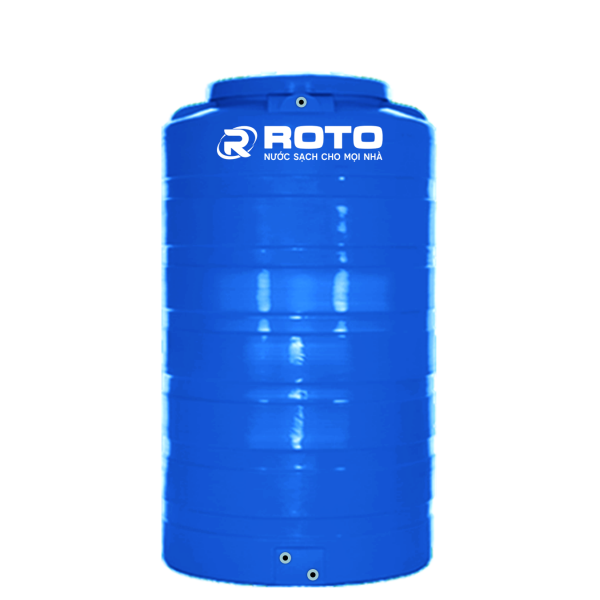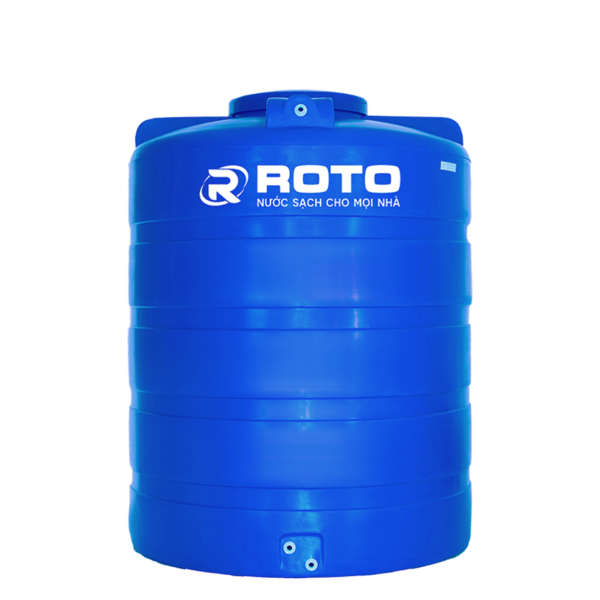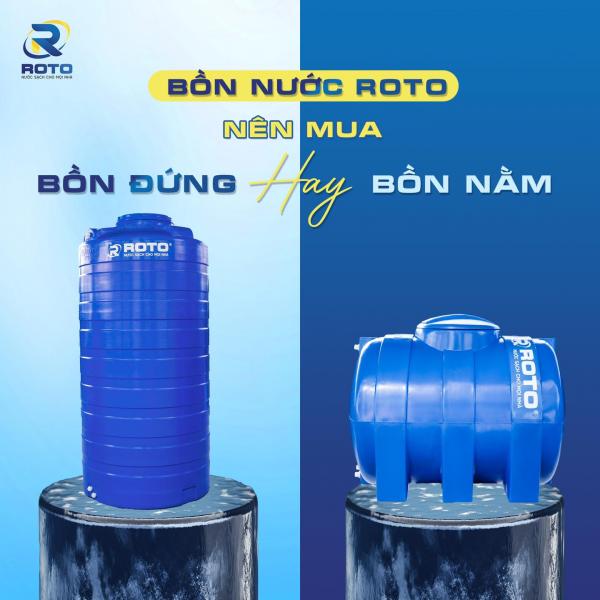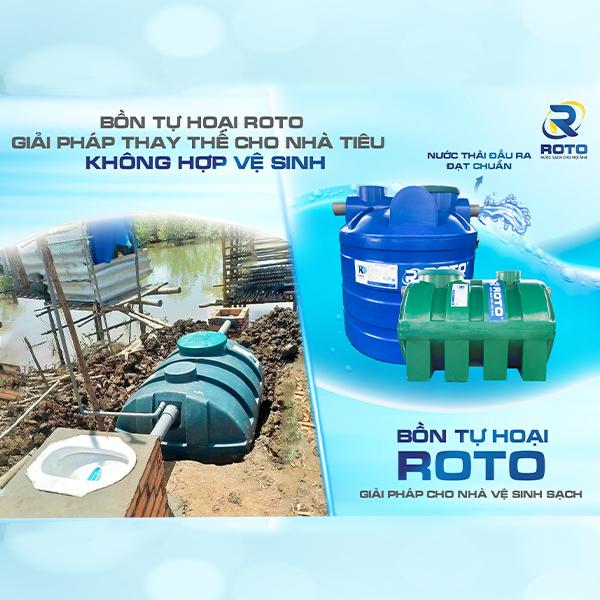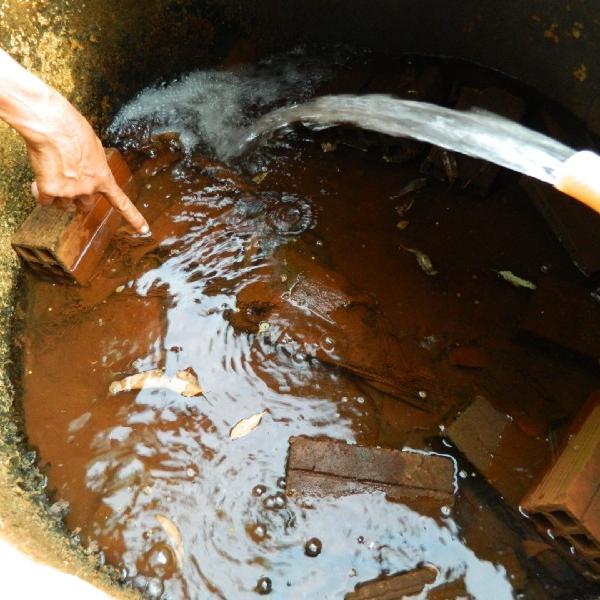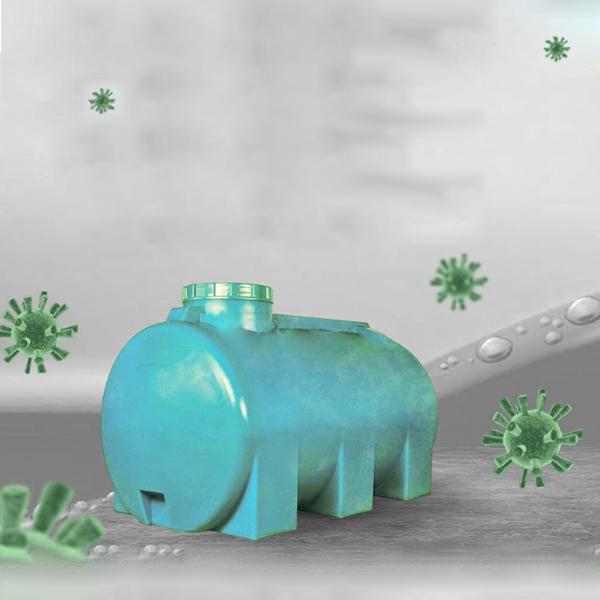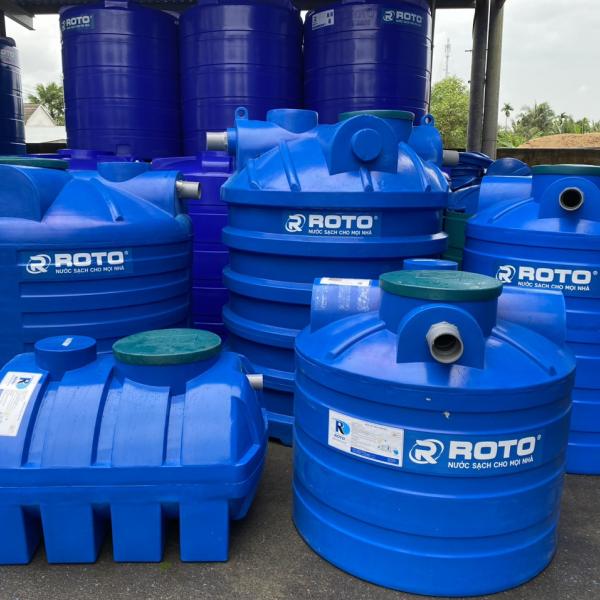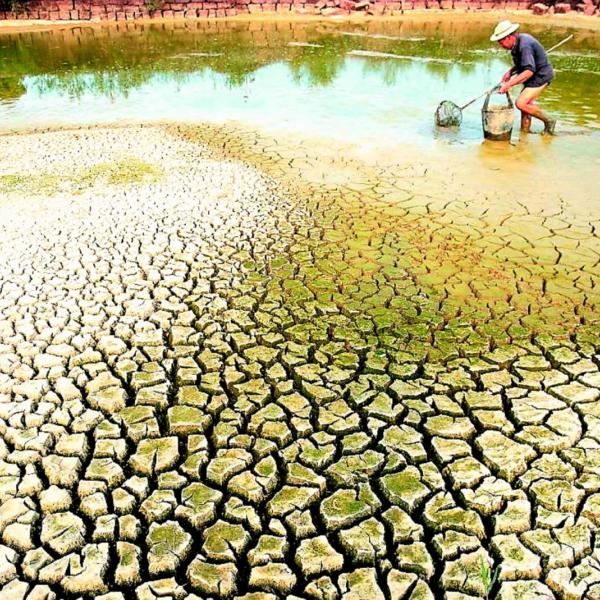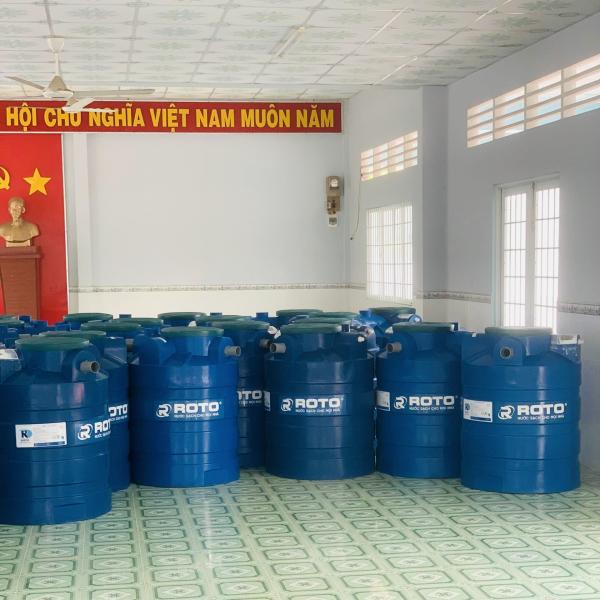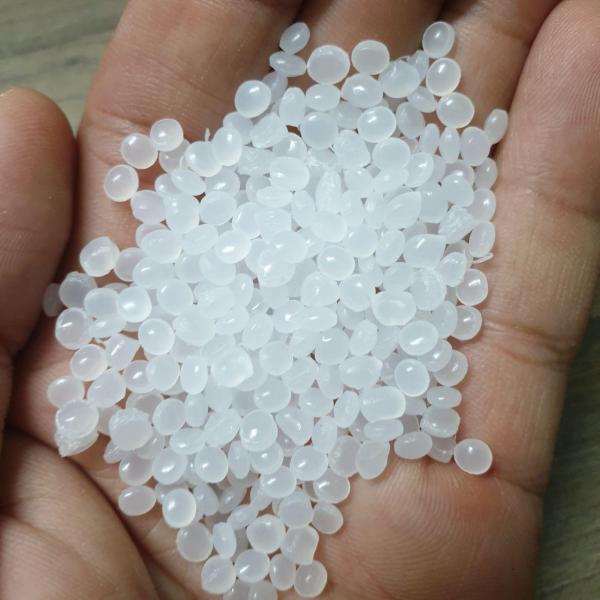What is the concept of plastic?
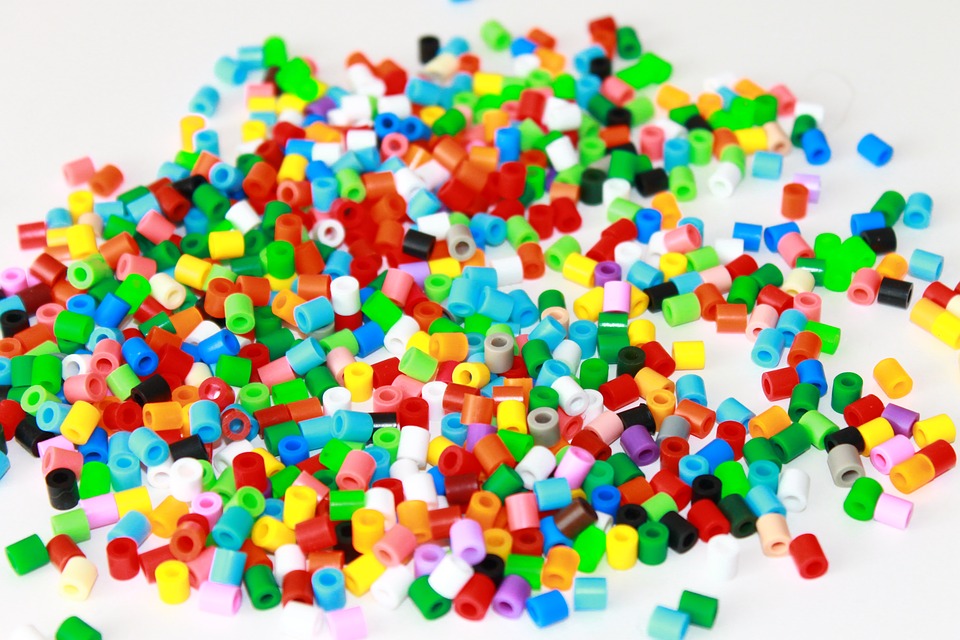
Plastics are polymers, a large element made of smaller molecules called monomers. They are linked together into chains by the process of polymerization. These polymers usually contain carbon and hydrogen, and sometimes other elements such as oxygen, nitrogen, chlorine or fluorine.
Plastics are polymers, a large element made of smaller molecules called monomers. They are linked together into chains by the process of polymerization. These polymers usually contain carbon and hydrogen, and sometimes other elements such as oxygen, nitrogen, chlorine or fluorine.
We may know natural resins as red, tortoise or tree sap. But synthetic plastic is more commonly used, it is the material that produces many items such as electronics, signs, packaging, boxes, ...
The most common types of plastic
Divided by the widest range, plastics will be of two types, thermoplastic (thermoplast) and thermosetting plastic (thermoset).
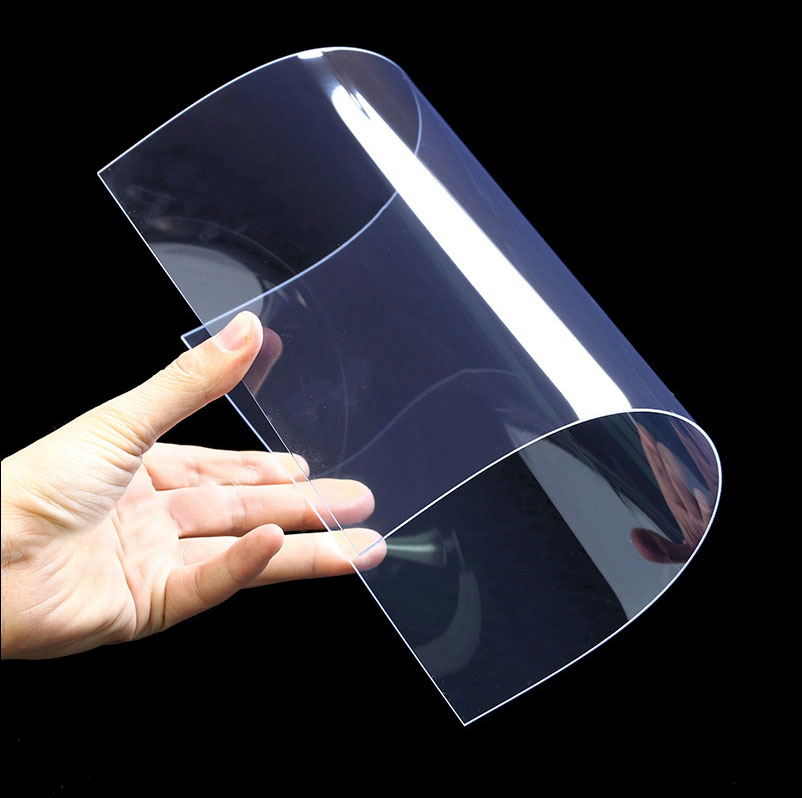
Flexible plastic is a type of plastic that can be softened many times. It melts under the action of heat and solidifies to form a new shape. Include:
- PET: Polyethylene terephthalate
- LDPE: Low Density Poly Ethylene
- PVC: Poly Vinyl Chloride
- HDPE: High Density Poly Ethylene
- PP: Polypropylene
- Polystyrene (PS), among others
Thermosetting resins are plastics that can be softened and melted only once. They are not suitable for repeated heat treatment. Therefore, when subjected to repeated heat, they will not be softened anymore but harden forever. Often this type of plastic will be widely used in electronic and automotive products. Consists of:
- Alkyd
- Epoxy
- Ester
- Melamine formaldehyde
- Phenol formaldehyde
- Silicon
- Urea formaldehyde
- Polyurethane
- Metallic and laminated plastic
- Polyurethane (PU)
- Phenolic, and others
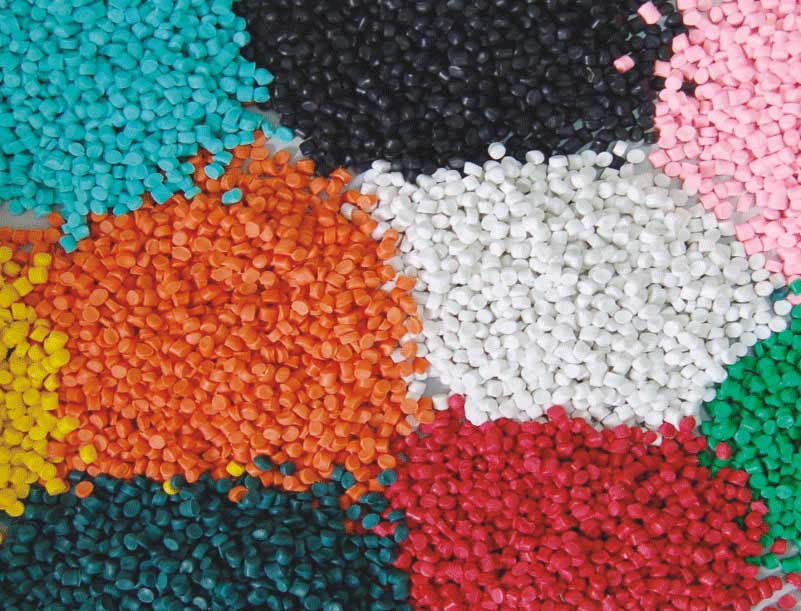
Synthesis of the melting temperature of common plastics
Melting temperature, also known as the melting point, is the liquefaction temperature. When this temperature threshold is reached, the substance changes from a solid to a liquid state.
Melting temperature
PP plastic stands for Polypropylene, this is a plastic with very high mechanical strength. PP plastic is transparent white, colorless, odorless and tasteless. When manufacturing, plastic beads are often mixed with coloring particles to create finished products with more eye-catching colors.
Physical properties and melting point of PP
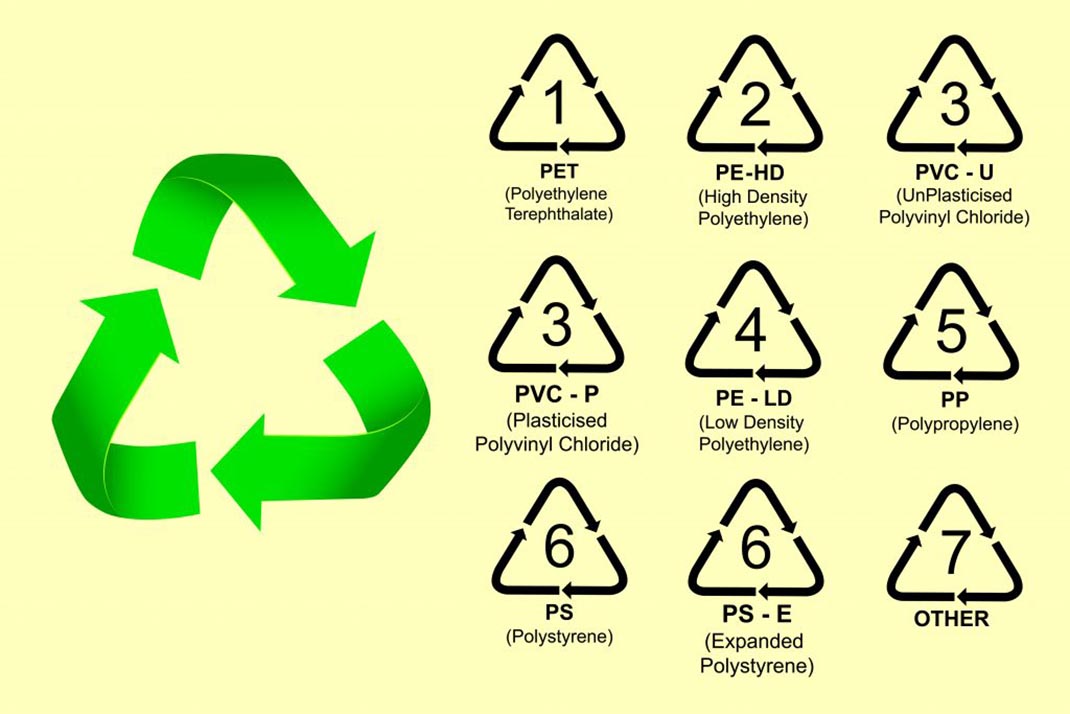
PP plastic has the property of high elasticity. Very tough and resistant to deformation, extremely good electrical insulation. Transparent PP plastic, high surface gloss, so the printing ability is very clear. But this plastic has poor adhesion, can be processed by conventional methods.
PP resin has a crystallinity of about 70%, is colorless and semi-transparent.
During processing PP plastic can create many amorphous phases and make the product transparent like BOPP film.
The melting point of PP plastic is 160 degrees Celsius -180 degrees Celsius. If it is not affected by external forces, the primary plastic can be kept in a 3-dimensional state at a temperature of 150 degrees Celsius.
The modulus of elasticity is 1.5–2 GPa and the coefficient of shrinkage: 1-3%.
Melting temperature PE
PE plastic has the English name Polyethylene, Polyethylene or Polyethene. As a flexible resin, it has a variable crystal structure. PE resin is usually white in color and in a slightly clear form. This plastic can withstand heat up to 230 degrees Celsius, but the heat resistance period is quite short. In Vietnam, PE plastic is often used to make electrical wire sheaths, cargo wraps, food wraps, building materials or bottles.
Physical properties and melting point of PE . plastic
PE plastic is white and slightly transparent.This plastic does not conduct heat nor does it conduct electricity.
Because it is a branch of the primary plastic line, PE plastic does not allow water and gas to penetrate.
PE plastic is also classified into many types such as VLDPE, LDPE, MDPE. HDPE, etc. Therefore, depending on the type, they have their own vitrification temperature of approximately -100°C and a melting point of approximately 120°C.
PVC melting point 80 °C

PVC stands for Polyvinyl Chloride, this is a plastic made from the polymerization of vinyl chloride (CH2=CHCl). It is the earliest material created in the plastic industry. This type of plastic is widely used in life, for example, in the production of pipes, wires and cables, etc.
Physical properties and melting point of PVC
- PVC resin is white or light yellow powder.
- PVC resin exists in two forms as suspension (PVC.S – PVC Suspension) and together with emulsion (PVC.E – PVC Emulsion).
- The specific gravity of PVC is 1.4 ; 1.45.
- The refractive index of PVC is 1.544.
- PVC plastic is quite weak, so it should be improved by adding MBS, ABS ...
- PVC plastic has good electrical insulation.
- PVC resin is completely non-toxic, it is only toxic when additives are added.
- The melting point of PCV plastic is 80 degrees Celsius.
- Through the above article, do you know what the melting temperature of plastic is? Depending on the type of plastic will withstand its own temperature. Therefore, you need to know this information to use each type of plastic to suit your needs.
Article source: Collected


